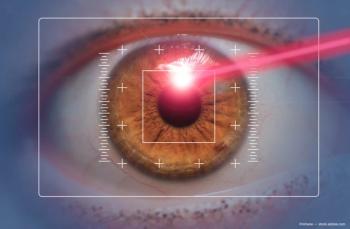
STAAR Surgical earns CE mark for ICL changes
The CE mark has been granted for a range of changes to an implantable contact lens (Visian Implantable Collamer Lens, STAAR Surgical Co.).
Monrovia, CA
-The CE mark has been granted for a range of changes to an implantable contact lens (ICL) (Visian Implantable Collamer Lens, STAAR Surgical Co.), and it more than doubles the current market for the lens in Europe, according to the company.
"We believe these expanded offerings will provide the broadest correction approval of any refractive technology for surgeons in countries where the CE mark applies and will allow the surgeon to treat virtually any patient who is a candidate for refractive surgery," said Barry G. Caldwell, STAAR Surgical chief executive officer.
Specifically, diopter range of ICL models will be extended to cover the following:
• Positive spheric: 0.25-D increments from +0.5 to +2.75 D; 0.5-D increments from +3 to +10 D.
• Negative spheric: 0.25-D increments from –0.5 to –2.75 D; 0.5-D increments from –3 to –18 D.
• Toric addition: 0.5-D increments from +0.5 to +6 D for all diopters from –18 to +10 D, excluding quarter diopters, including 0 D.
Included in the approval was a hyperopic toric ICL designed for patients with both hyperopia and astigmatism.
Additionally, the company has implemented several changes designed to ease the implantation process for surgeons. These changes include the addition of perforating holes in the lens haptic to assist with removal of viscoelastics, a change in lubricity on injector cartridges to ease insertion, and new laser marks for the toric ICL that are designed to improve the surgeon's ability to see the axis during and after implantation.
The company also has received permission to package the implant in balanced salt solution for CE markets, as it does for the product marketed in the United States. And soon, it expects to submit data that will increase the product's shelf life from 2 years to 5 years.
"These approvals are the first step toward allowing us to move our global refractive business to a unified platform that should lead to greater manufacturing efficiencies," Caldwell added.
Newsletter
Don’t miss out—get Ophthalmology Times updates on the latest clinical advancements and expert interviews, straight to your inbox.















































.png)


